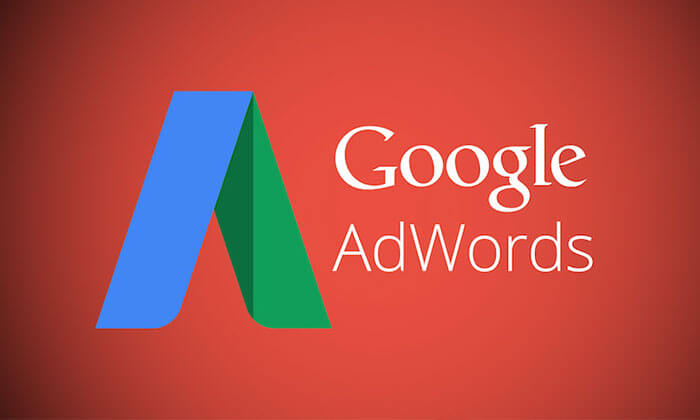In order to position your website and keep anAdWords Campaignoptimized,you must be clear abouttargeting by audience.This has had a huge impact on the wayPPCprofessionals approach their campaigns, allowing advertisers to target the right people while they are browsing around on the net.
In most cases, audiences seem to be relegated to retargeting, display, and social strategies, but that’s only part of the story. Audiences can also be a great benefit when looking for campaign strategies. Whether it’s a campaign orientation or just a sample of offers.
Here are five ways you can leverage audiences in yoursearch campaigns.
1. Remarketing Lists for Search Ads (RLSA)
The easiest way to use audiences in search is to layer an existing keyword strategy.
The goal is to target users who are already on the remarketing lists while they continue to search for your keywords within the search engine. This is a great way to stay on the mind of someone researching a product or service that users typically shop for.
Create a separate set of campaigns for this audience
To target these users separately, duplicate your existing search campaigns and choose the Targeting option. This means that it will only target those users on the RLSA list. This strategy is best when there is a large amount of search volume on your RLSA lists.
Standalone campaigns allow you to take advantage of all the advantages and disadvantages of a typical search campaign, but targeted specifically for these users.
2. RLSA with Dynamic Search Ads (RDSA)
Similar to RLSA, we can combine our retargeting lists with another type of campaign, dynamic search ads, to make the audience even more attractive.
Dynamic Search Ads (DSAs) extend the reach of search campaigns beyond the current set of keywords. They use the content on a website to find additional queries that are not currently offered on the account.
When combined with RLSA, DSA campaigns can help you stay in touch with users who are on their lists and who are searching for terms relevant to your site, but not your current keyword lists.
Again, you can keep yourself in mind while someone is looking for a solution.
These audiences will be configured in the same way as the RLSA lists, in the Public tab in the interface.
3. Exclusions from the hearing
Sometimes it’s not about who he’s targeting you, but who he’s excluding.
In some companies, you only need one person to convert on your site. Think of a local insurance agent trying to get new clients. If someone visits your website, fills out a form with personal information, the agent gets that information and has everything they need to follow up. There is no reason to keep paying for that person to click on your ad as they will be offering the same information again, making you pay twice. This is a pretty basic scenario, but it happens quite often.
Don’t think of search campaign audiences as just targeting options, they can also be exclusions.
As a general rule of thumb, I like to create audiences for each of the conversion actions that I have within an account. This way, I can exclude user conversion from my campaigns intended to generate the same conversion action.
If the above insurance agent were to set up a call-only campaign for users to call them, this could be considered a different action. It would make sense to include any user who has previously submitted their personal information in this campaign as they are not paying for the same point of contact.
4. Similar audiences to search
For the last two types of audience, we will exit their remarketing lists and enter the new territory of users. The first is Similar Audiences for Search, announced in May 2017.
Here’s howGoogleexplained the benefits of Lookalike Audiences:
“Similar audiences help you find people who share characteristics with your site visitors. By adding “Lookalike Audiences” to your campaign or ad group targeting, you can show your ads to people whose search behavior is similar to your site visitors. These people are more likely to be potential customers. ”
Basically,Googlewill go through your remarketing lists and work to create a list of users who display similar search behavior. They will then list them and allow you to write them down.
These audiences can be leveraged in an observation or targeting capacity, very similar to RLSA, but I would recommend keeping them as part of existing search campaigns and not segmenting into your own campaigns.
Since these users have not contacted you before (so they are not part of your remarketing lists), they most likely respond to the same type of messages that you use for your search campaigns.
5. Market audiences
In-market audiences have been around for a while, primarily for use on the Google Display Network. These audiences are described by Google as follows:
“Find customers who are researching and considering buying a service or product like the ones you offer.”Basically, Google will leverage its large list of in-market audiences based on user behavior, and allow you to leverage that same insights in search campaigns.
Think of similar audiences, but instead of relying on your retargeting lists, they are based on high-end consumer trends on the internet. Currently, Bing Ads is running an exclusive pilot program in the US to test its audience functionality in the marketplace.
In a Bing Ads blog post from June 2017, they only mention 14 audiences in the marketplace, but as of October 2017, that number increased to 128. A huge improvement.
There are a number of easy ways to leverage audiences in search campaigns. Since most of them rely on remarketing lists, don’t neglect this part of your account.
Make sure your lists are up-to-date and meaningful so that you can better use them as targets, exclusions, and audience models in your account.
Thank you so much




